Canon's 300D (Digital Rebel) vs 10D: Battle of the DSLRs
by Stephen Caston on July 5, 2004 12:23 PM EST- Posted in
- Digital Camera
General Image Quality
All of these samples were taken using the same Canon 50mm f2.5 macro lens attached. Each camera was reset to the factory default settings. The Rebel and the 10D were set to Av Mode (apertures noted for each picture). The quality setting with the lowest compression (highest quality) was used (Large/Fine-3072x2048). To avoid focus differences, each camera was set to focus using the center focal point. The pictures were taken between 11 AM and 12 PM on a bright day on N.C. State University's campus with the use of a tripod. The pictures were not manipulated in any way. They are right out of the camera. Click any picture for the full-size version.| Canon Digital Rebel | Canon 10D |
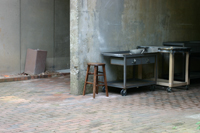 f5.6 |
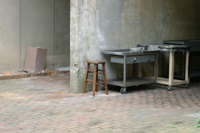 f5.6 |
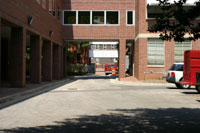 f7.1 |
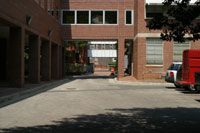 f7.1 |
| Canon Digital Rebel (100% crop) |
Canon 10D (100% crop) |
 f5.6 |
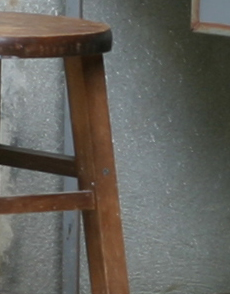 f5.6 |
This first picture shows two substantial differences between the Rebel and the 10D. The Rebel's auto white balance resulted in a bluish look, while the 10D was more accurate at representing the actual colors. Also, the 10D appears to be significantly sharper than the Rebel. We were not expecting such a dramatic difference, especially considering the Rebel includes more in-camera sharpening (by default) than the 10D. Our guess is that the Rebel simply had trouble focusing on the proper plane. Below is a crop from the left portion of the picture, which was spatially farther back from the stool.
| Canon Digital Rebel (100% crop) |
Canon 10D (100% crop) |
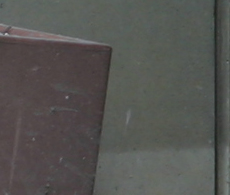 f5.6 |
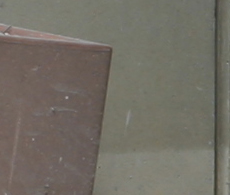 f5.6 |
This crop shows an improvement in sharpness from the stool crop. Here, the Rebel comes much closer to matching the sharpness of the 10D. The same was found for objects to the right of the stool. They get sharper as they move back away from the stool.
| Canon Digital Rebel (100% crop) |
Canon 10D (100% crop) |
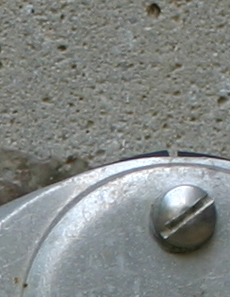 f5.6 |
 f5.6 |
Interestingly, on our next shot, we came upon these findings. The Rebel is noticably sharper than the 10D; however, it appears that the cement wall is sharper on the 10D. The focal point for this picture was a bit tricky. It was the text written on the metal in the center of the picture. Despite this slightly ambiguous focal point, we expected better clarity on the 10D. This strange finding, in addition to the focusing problem of the last picture, lead us to think that there may be the much-talked-about front/back-focusing issues on both cameras. However, they don't appear to be consistently focusing this way.
| Canon Digital Rebel (100% crop) |
Canon 10D (100% crop) |
 f5.6 |
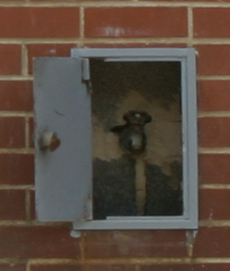 f5.6 |
Here, the 10D appears just a bit sharper than the Rebel. We can also see that the Rebel has a higher default saturation setting than the 10D.
| Canon Digital Rebel (100% crop) |
Canon 10D (100% crop) |
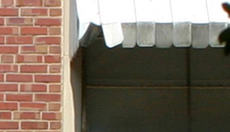 f7.1 |
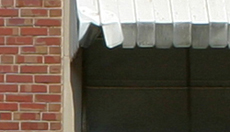 f7.1 |
The difference between these two is more dramatic. The image shot with the Rebel is washed out (overexposed) on the window shade and the whole picture has a general lightness to it. The 10D, on the other hand, did a pretty good job of exposing the window shades and the bricks, while retaining some definition of the window. You can see that both cameras did a pretty good job in regards to sharpness on this picture.
The three major factors in overall image quality between the Rebel and the 10D were white balance, sharpness, and metering. The auto white balance isn't outstanding in either camera, but the 10D does a better job in our samples here. The inconsistent sharpness of these cameras is a big concern. They both appear to have front/back-focusing issues some of the time. On the pictures where there was a problem, we noticed that the cameras took a little longer to lock focus as they were having trouble determining where the focal point was. In general, the automatic metering of the Rebel doesn't seem to do as well as the evaluative metering of the 10D in producing an even exposure. The Rebel produced pictures that were either too dark or too bright (to the point of overexposing), while the 10D consistently produced even exposures.


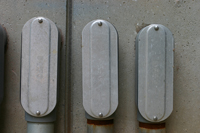
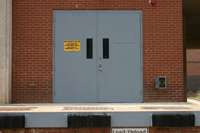
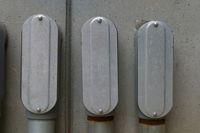
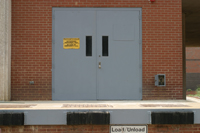








19 Comments
View All Comments
Mday - Wednesday, July 7, 2004 - link
how the hell are you going to compare these two cameras?This does not compare to what dpreview can offer.
GOSHARKS - Tuesday, July 6, 2004 - link
i agree with shuttleboi, there are many sites out there that already provide excellent reviews from varying viewpoints (dpreview, imaging resource, megapixel.net, steves digicams, dcresource, etc). anandtech should focus on the things that the other large sites dont cover, what shuttleboi listed is a good start.shuttleboi - Tuesday, July 6, 2004 - link
Although your review is nice, I recommend you focus your attention more towards computer issues related to digicams rather than the cameras themselves (which other professional websites already do extremely well). Some other issues might be: (1) There is a 3rd party hack to the 300D firmware that reveals features found in the more expensive 10D. Is this safe? Does it really work? (2) How well do portable storage devices work (that let you dump a memory card to disk)? Relibability? Performance? There is absolutely nothing on the web right now that fully evaluates the products on the market. Here is an expansive list: http://fhoude34.free.fr/PortableHD.htm . (I'm waiting for the Nikon Coolwalker, but only because I don't trust companies whom I've never heard of.) (3) Software that manages/downloads photos. Photoshop Album? Breezebrowser? WTF?opaper - Tuesday, July 6, 2004 - link
And if you go to this digital camera review site you see that they found no diffrence in the resolution tests. I'm not saying that thier test is more valid than yours it's just a second opinion.http://www.dpreview.com/reviews/canoneos300d/page2...
jliechty - Monday, July 5, 2004 - link
For covering the basic differences between the two cameras, this was a good review. However, to me this was pretty old news, since this particular topic has been covered a gazillion places already in a gazillion different ways.And of course, any camera can be a "professional" camera if you use it to make money, but in the traditional definiton, the 10D comes close to being a pro camera. The Rebel is not. If you want to see some real pro stuff, google the 1Ds. Or if you'd like some real sticker shock, check the price of the Phase One P25 (then add $8K USD more for the medium format autofocus camera system to go with it). ;-)
stephencaston - Monday, July 5, 2004 - link
#2, sorry if I didn't make it clear in the article, but on page 3 I did mention that I was using a Canon 50mm Macro lens for all tests. I will add another reference to the lens at the beginning of the image quality tests too.You make a good point though. The quality of the final picture lies in the quality of the lens used. Thats why I decided to use the same 50mm lens for all the tests on both cameras.
DerekWilson - Monday, July 5, 2004 - link
I'm not the resident camera expert (hi Stephen), but these cameras are "prosumer" and not professional ... kinda scary isn't it :-)I liked the article too. Maybe I'm a little biased, but I thought it was both very thurough as well as easy to follow (especially not being a camera guy myself).
shuttleboi - Monday, July 5, 2004 - link
How can you possibly have tests trying to show detail and colour and not even mention the lenses you use?? As any good photographer knows, the lens is far more important than the camera body, even for digital. Did you use the kit 18-55 EF-S for the 300D? That's a horrible lens. Unless you used the same lens for both cameras, your tests are meaningless.Araemo - Monday, July 5, 2004 - link
Great Article, I was very pleased to see you guys are going to do digital camera reviews, since I'm going to be in the market for a camera soon. I hope to see reviews of more 'prosumer' or 'consumer' level cameras, rather than these $1000 cameras.. though I understand you probably get pretty much what you pay for.